You’re not the problem, it’s social media.
October 13, 2021
Instagram is a social media site known to have a negative impact on the self esteem of its users, especially teenage girls, and the company, owned by FaceBook, has been withholding research proving the harmful effects of its site since 2019.
The Wall Street Journal published an article on September 14th, outlining the statistics known by FaceBook about the toxicity of its social media. The Wall Street Journal article can be found here.
The Wall Street Journal claims that a presentation made by Facebook in 2020 included a slide saying “We make body-image issues worse for one in three girls,” as well as having studies showing the link between Instagram and depression and body issues.
Instagram has researched this topic thoroughly with surveys and focus groups, making it impossible for them to deny the damaging side effects of social media. The slideshow stated in no uncertain terms, “Comparisons on Instagram can change how young women view and describe themselves.” This isn’t just a random finding, and FaceBook has been hiding this information for years for their own benefit.
If Facebook and Instagram had this data and didn’t share it, what did they do with it? If they chose to share their research with the public instead, many people would have left the site because they would realize it is bad for them, a prospect that Instagram doesn’t want. So, instead of sharing the truth, they downplayed the negative effects of social media, so people would keep coming back to and using their site.
Instagram has responded to the Wall Street Journal article, and while they haven’t denied any of the claims in the article, they say that the Journal casts the findings in a bad light, and that the issue was more complex than just the statistics given.
Additionally, they said that they are making strides to make the site safer, adding things such as the ability to hide like counts, and they’ve “continued to connect people who may be struggling with local support organisations.”
But is that enough to combat the countless teenagers it has detrimentally affected?

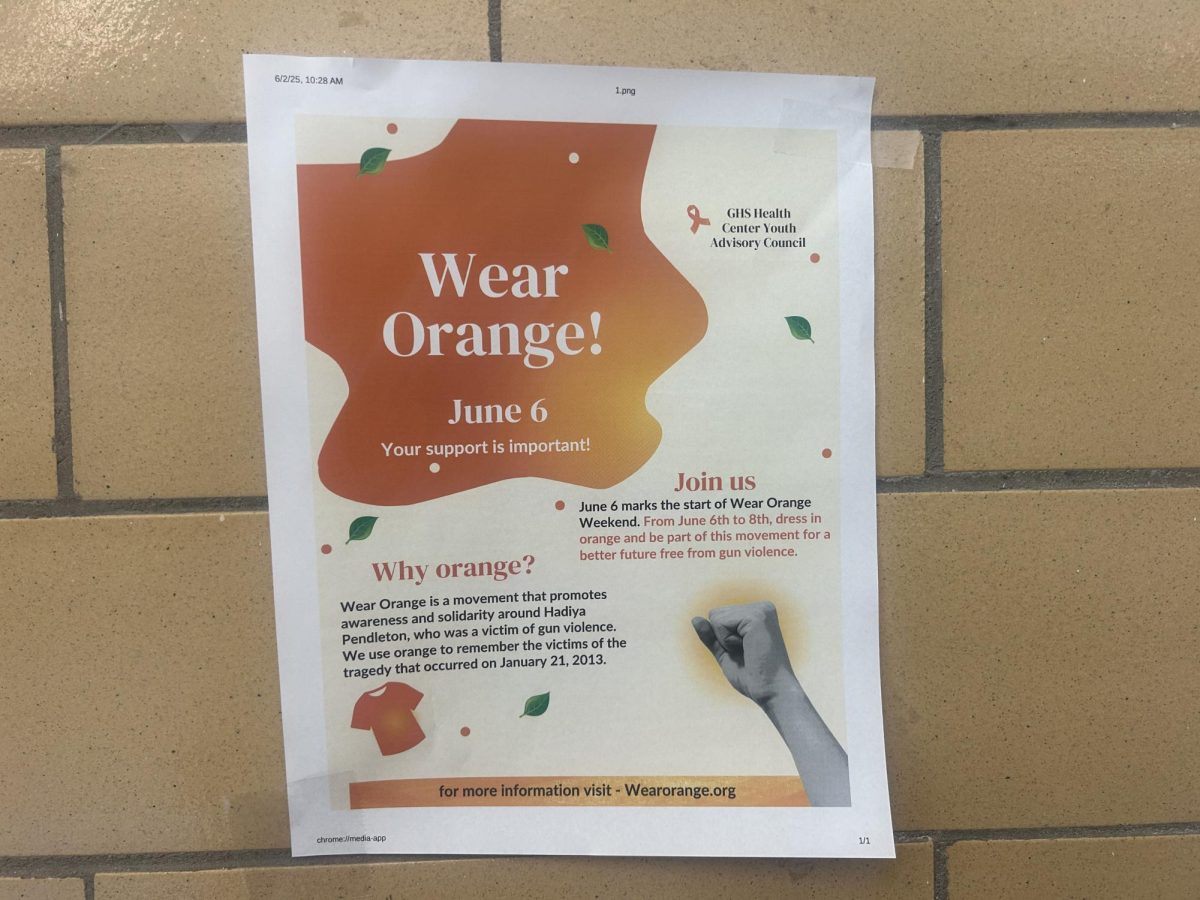

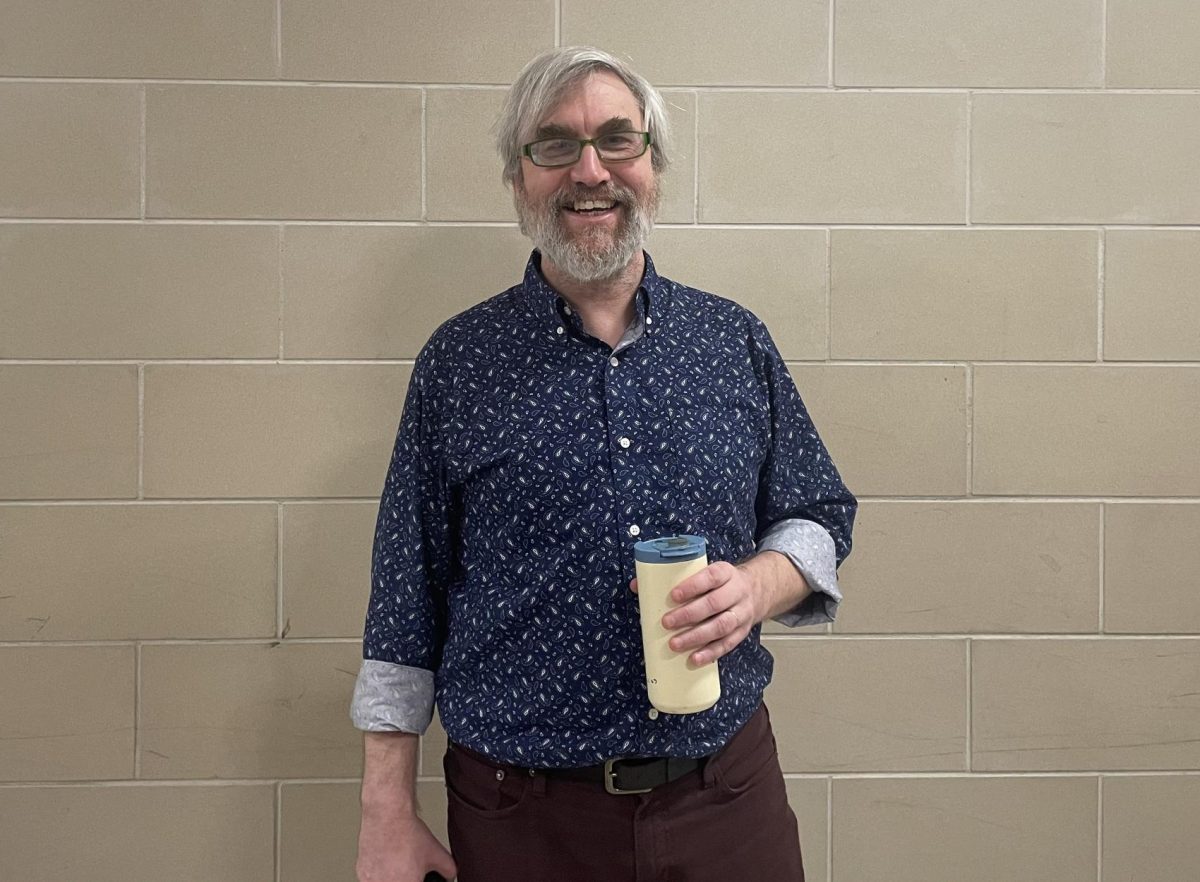


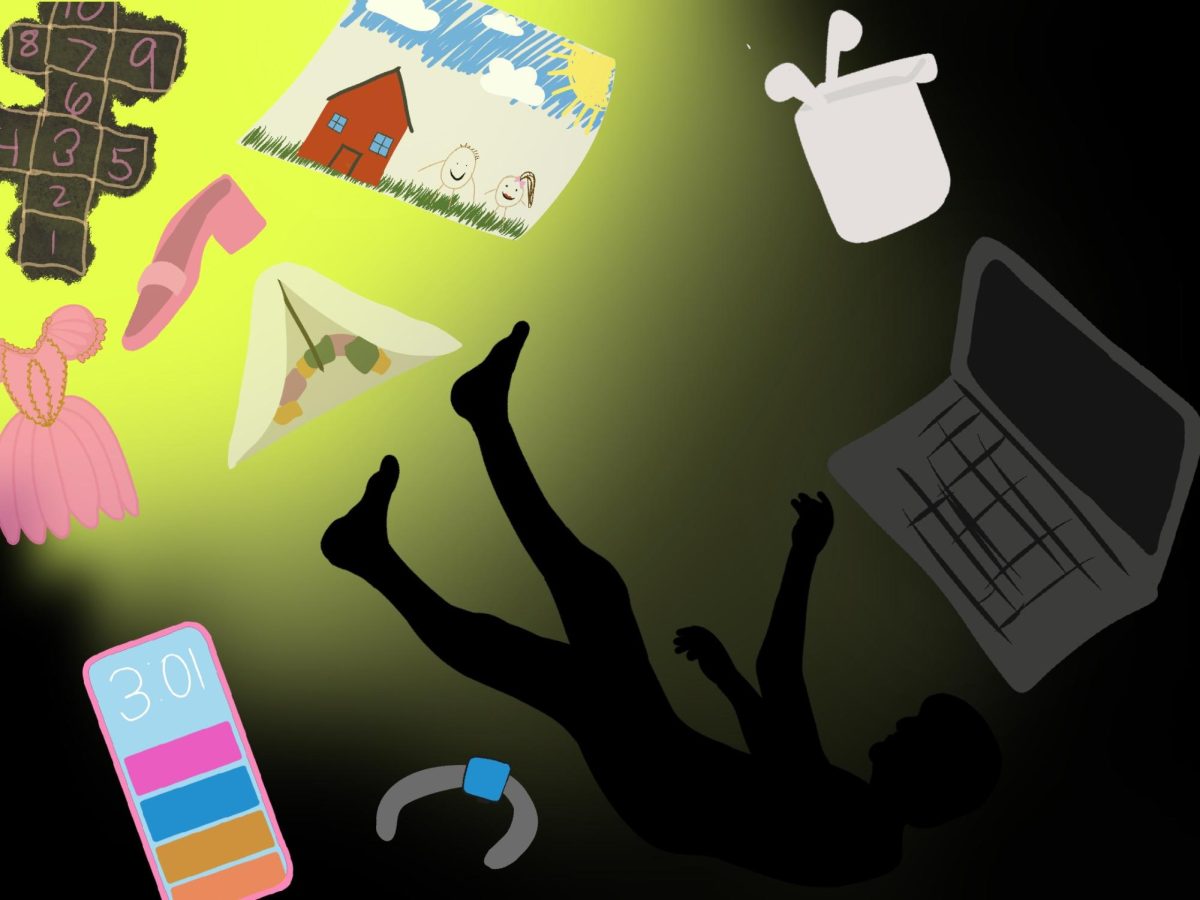

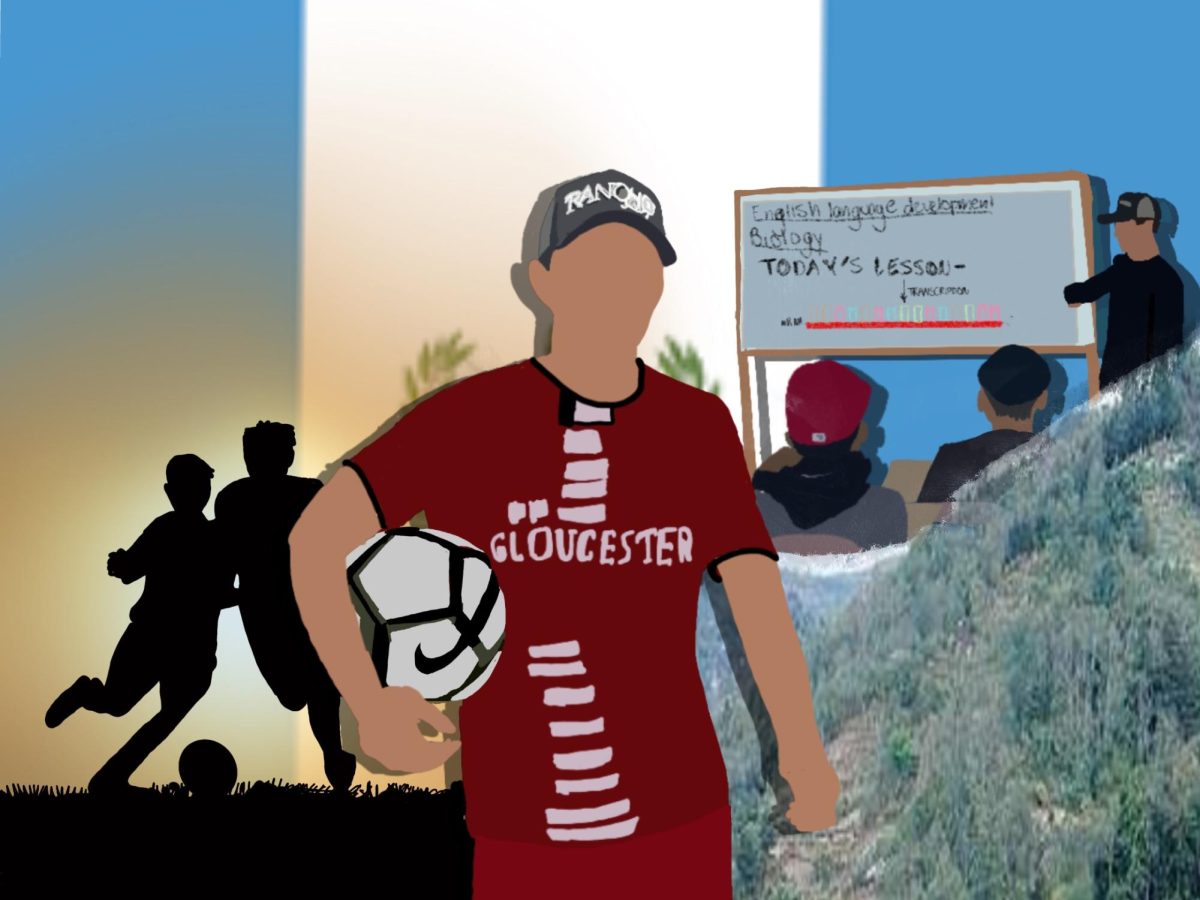



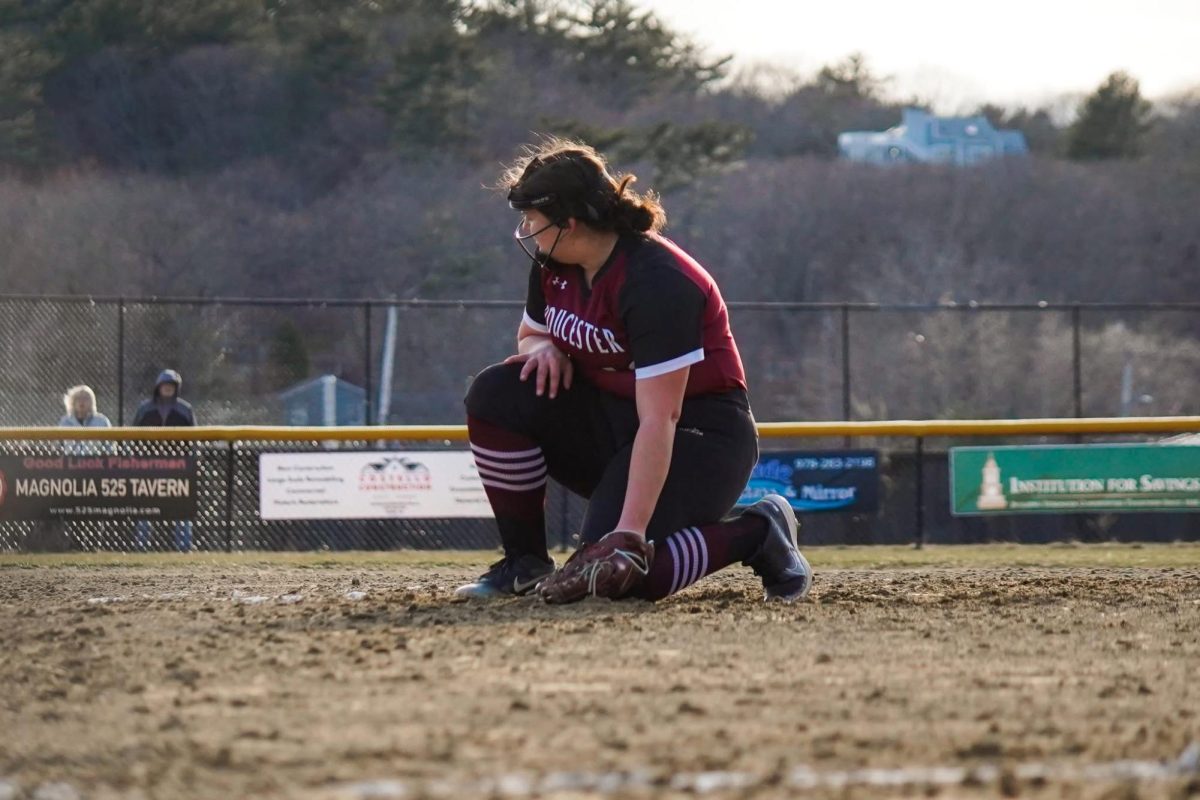


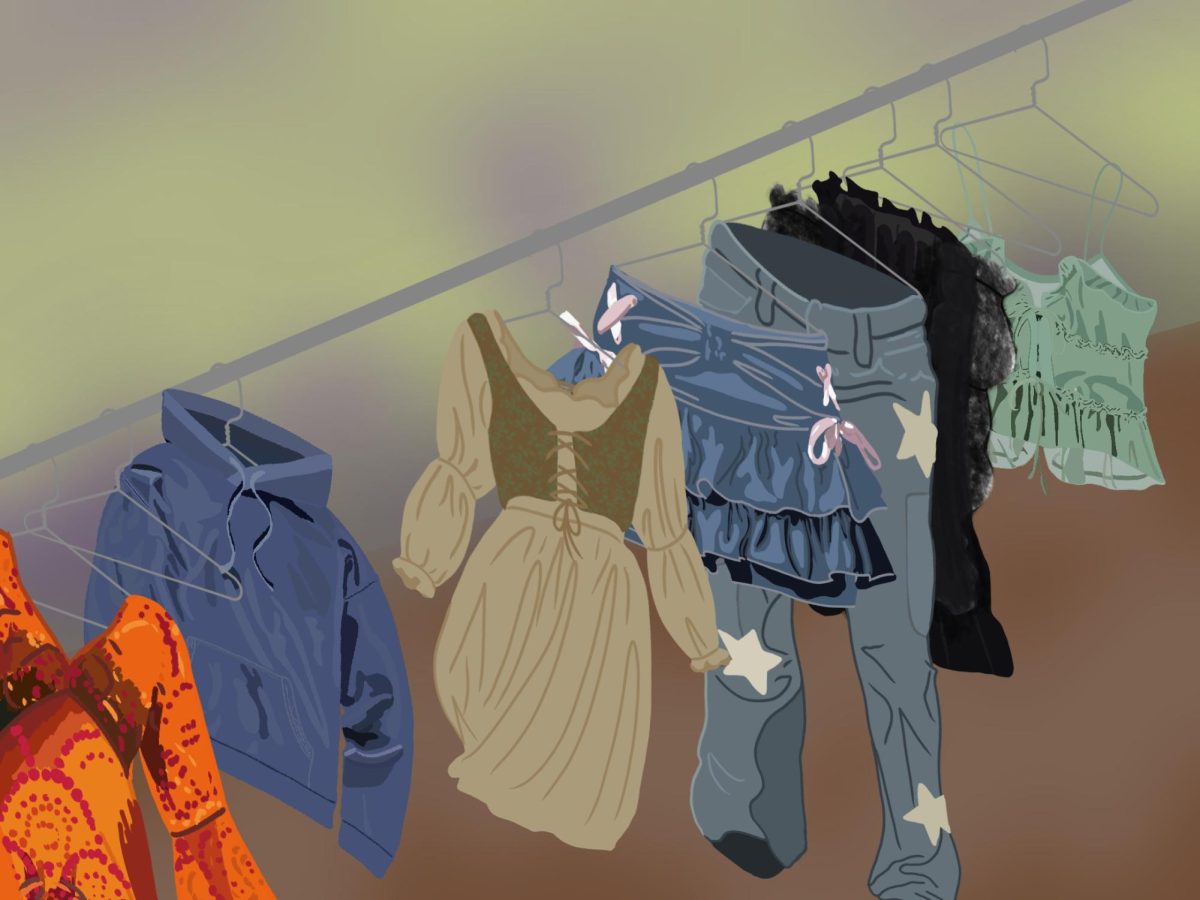

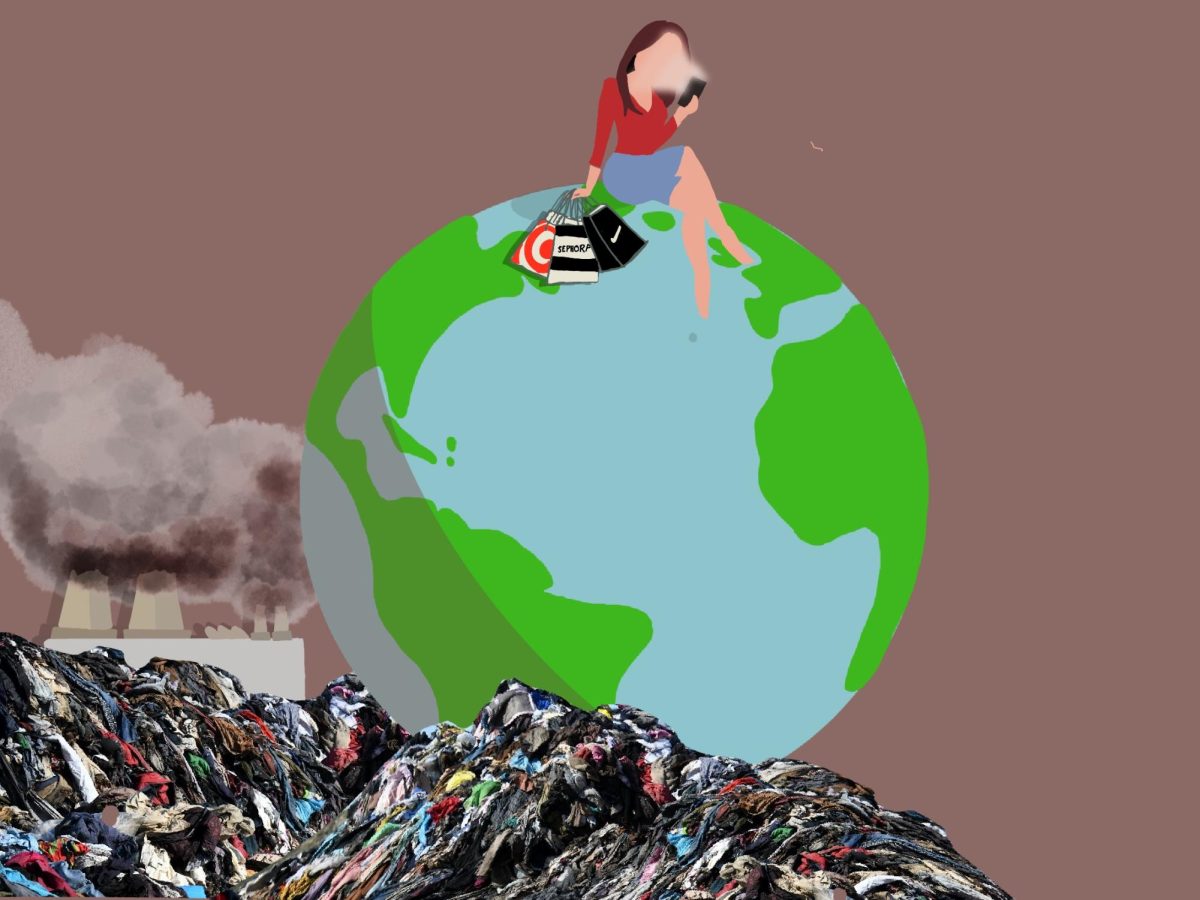











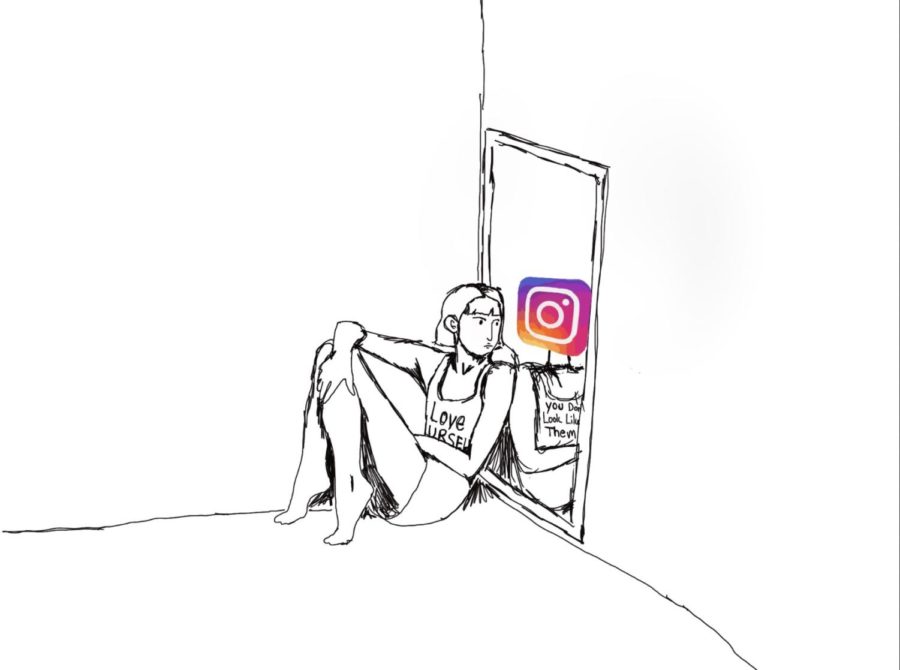


Mrs. Bailey • Oct 13, 2021 at 6:35 pm
Excellent topic, Clara.